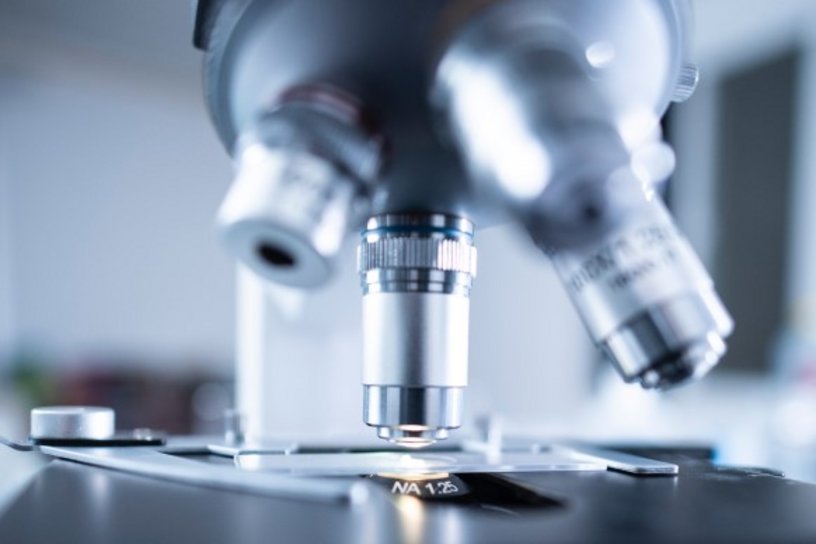- Back to overview
- News 24/11/2020
DBS Presentation at iNADO’s virtual workshop
iNADO invited Anti-Doping stakeholders to join a series of online presentations on novel Anti-Doping developments on November 16, 2020. The second of three presentations focused on the practical application of the Dried Blood Spot (DBS) in an Anti-Doping testing.
ADOs will be invited to implement DBS testing as early as next year and therefore, practical advice on its implementation seems to be of special interest. To capture both the analytical perspective of a Laboratory and the testing approach of a NADO, the session contained two presentations: the first by Prof. Aurélien Thomas and Dr. Raphael Faiss of the University of Lausanne and the second by Dr. Andrea Gotzmann, CEO of NADA Germany. Neither of these two organisations is part of the Collaboration Group on DBS testing (focusing on Collection and Transport as well as Analysis and Storage) but both have a considerable amount of experience with own DBS projects. In this online seminar both organizations were able to share their know-how but also reflect the current status critically.
DBS is coming your way
For the implementation of DBS as a standard matrix for Anti-Doping testing, the Collaboration Group on DBS testing is currently preparing a WADA technical document to guide ADOs in their implementation of DBS testing starting in early 2021. A tremendous amount of work is being done by this group in the elaboration of the document which will be released soon. Currently there are some questions especially related to the practical application of DBS and iNADO invited two DBS experienced organizations to share their experience with DBS as a sampling tool.

DBS analysis and possibilities
Prof. Aurélien Thomas and Dr. Raphael Faiss from UNIL combine the knowledge of one decade of DBS testing in clinical context and recent approaches in doping analysis. Prof. Thomas, a toxicologist, underlined the large analytical potential of DBS as a sample matrix. DBS has been tremendously effective in the field of toxicology since its implementation. Around 400 scientific publications exist which study the detection of many different substances. In comparison to blood tubes, the sample reliability, logistics and lab workflow of DBS have consistently improved, and costs reduced. The success of DBS in the clinical context is an outlook on the future role of this matrix in Anti-Doping.
Despite the success of DBS in the clinical context, Mr. Faiss stresses the fact that DBS-based doping-specific analysis currently only exists on a small scientific basis of 21 published papers and thanks to special funding of the DBS collaboration group, this number is growing. However more research is needed to have a more solid basis for sanctioning ADRVs. Equally, a clearer harmonization needs to be in place to guarantee its success in anti-doping. He is confident though that the analytical methods based on the long clinical experience are ready and should be relatively easy to implement in accredited anti-doping laboratories.
On the practical side of things
UNIL also gathered practical experience in the use of DBS target testing inside and outside the sports context. UNIL presented its roadside screening project concerning drugs and driving as well as a pilot tramadol test project in collaboration with UCI.
NADA Germany on the other hand, has been piloting the use of DBS in anti-doping since 2015. With two pilot projects NADA has gained considerable experience with the new matrix, replicating real testing situations. Those lessons paid out earlier this year during the Covid-19 lockdown and NADA Germany was able to perform remote OOC DBS testing.
The experience of UNIL and NADA Germany indicates that ADOs could be confronted with at least some of the following questions:
- Which membrane carrier and device to use?
- Where to take the sample (finger, ear)?
- What training for DCOs is necessary?
- How to distribute equipment?
- How to preform shipment and sealing?
There is no single answer to these questions and to a large extent, they depend on the strategy that each ADO defines for DBS. Once each ADO has been able to clarify these questions, DBS testing offers anti-doping the same advantages that have been presented in clinical context for many years.
Furthermore, the presentations showed, that it is advisable to perform a number of trial runs to uncover challenges before implementing DBS in the testing plan. It is strongly recommended for ADOs to get in contact with experienced organizations before initiating DBS on their own, but it needs to be checked in advance if local legislation limits the ability to “copy” a DBS strategy from one country to another.
If planned carefully in the individual countries and an acceptable level of harmonization is reached, DBS will be a great addition to current matrices with further room to grow. Despite the challenges ahead, all projects introduced during our online seminar showed that DBS sampling is widely accepted by athletes and tested persons and it demonstrates the will of the anti-doping community to further improve the methods to protect clean athletes.